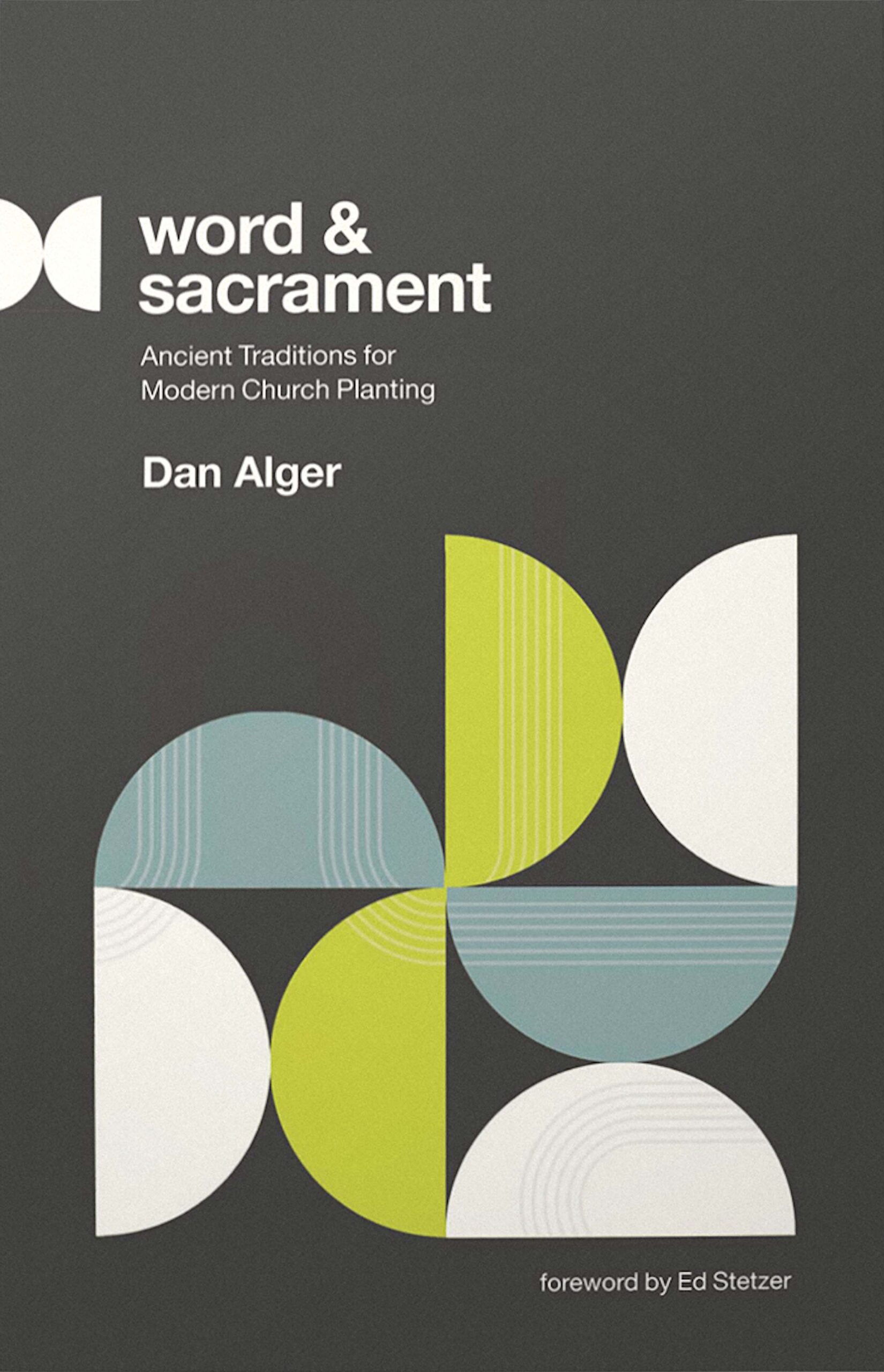Can God work through physical things? This question may give us some pause. Whether or not we can immediately articulate why, we sense a trap.
On one hand, we worry that an affirmative answer could be a slippery slope to validating superstition. Christianity is not a faith of holy talismans or items that can wield the power of God. We believe that there is one mediator between God and man and that is the Lord Jesus Christ (1 Timothy 2:5) and that any power given to the Christian is given from on high through the Holy Spirit (Acts 1:8). Learned readers may be reminded of the veneration of saints’ relics that was one of the motivators of the sixteenth-century Reformation. John Calvin himself mused that if all the bits of the “True Cross” in circulation during the Middle Ages were brought together there would be enough wood to fill the cargo of a ship! In light of this history, if we answer “yes” to the question that has been posed, are we supporting this kind of idolatry?
To assert that God does not work through physical things, however, seems overly confident at best. There is some hesitancy in our minds because to definitively say “no” is quite limiting to God; after all, God does whatever he pleases (Psalm 115:3). Even a nuanced answer such as “He could, but he doesn’t” leaves some lingering questions. For example, careful students of the Scripture may remember this difficult verse from Acts: “And God was doing extraordinary miracles by the hands of Paul, so that even handkerchiefs or aprons that had touched his skin were carried away to the sick, and their diseases left them and the evil spirits came out of them (19:11,12).” Oh boy, what do we do with that?
Theologians have given us a helpful framework for understanding why this question causes us some cognitive dissonance (see Andrew Greeley, David Tracey, Hans Boersma, etc.). They describe two ways of seeing the world, or what are sometimes called “imaginations.”
Two Imaginations
The first imagination is the dialectic imagination, which is primarily a Protestant way of thinking. This way of interpreting things of faith emphasizes the absence of God in our fallen world. The Protestant proclamation of the gospel begins with the separation of God from man due to our sin and focuses on the legal justification of the cross. It focuses on special revelation from God that must be accepted in the form of correct doctrine and assumes any human institution (including the church) should be met with proper critique and suspicion.
The second imagination is the analogistic imagination and is seen as a largely Catholic perspective. This interpretation finds its starting point in the imminent presence of God the Creator in all things, the creation of man in God’s image, and the mystery of the Incarnation. The presentation of the gospel stresses the divinizing, or sanctifying, work of grace. The institution of the church is seen in a mediating role as a sacrament of salvation in the world. In the analogistic imagination, there is an intentional recognition of a “foretaste” of the Kingdom to come anytime the love, beauty, and justice of God are fostered in the here and now.
Depending on our background, we may more quickly identify with one of these perspectives over the other, but we would be wise to be stretched by both in our understanding of God. Both imaginations have their dangers and blessings. The dialectic imagination encourages the extreme importance of proper belief and doctrine, which is essential to a faithful Christian life. At the same time, however, it can lead us to a faith that is purely intellectual and we can lose the empathetic grace that is at the core of our belief. The analogistic imagination allows for the value of beauty and creates a place for the human experience of the gospel that is more than in the mind, but includes the body and the emotions as well. This imagination, if not grounded in the Scripture, can also lead to a faith based on feeling and ultimately a god created in our own image.
A Scriptural Worldview
In actuality, a faith based on the Scripture finds its fullness when we hold both of these perspectives in cooperative tension. The Scripture is the foundation of the Christian worldview; it is “breathed out by God and profitable for teaching, for reproof, for correction, and for training in righteousness (2 Timothy 3:16)” as it teaches doctrine and manner of life. At the same time, this God-breathed Scripture says that God’s “invisible attributes, namely, his eternal power and divine nature, have been clearly perceived, ever since the creation of the world, in the things that have been made” (Romans 1:20). Yes, Protestants can faithfully claim Sola Scriptura, but that is not to be confused with Solo Scriptura, and does not mean that there is no teaching or value in other ways of learning and knowing God if those other ways are guided by the Scripture.
Take a sunset for example. Can the beauty of the sky—the purple clouds feathered across the background of the full spectrum of visible light ranging from red to violet and framing the sinking yellow sun—teach us about God? Absolutely! We can see his majesty, creativity, splendor, and nearness when we witness this phenomenon. This does not invalidate Scripture as the instrument of God’s special revelation—in truth, it helps us to better understand the Scripture. Hear the psalmist’s words on the matter (19:1–4):
The heavens declare the glory of God,
and the sky above proclaims his handiwork.
Day to day pours out speech,
and night to night reveals knowledge.
There is no speech, nor are there words,
whose voice is not heard.
Their voice goes out through all the earth,
and their words to the end of the world.
The relationship of the Word and the physical is symbiotic: the physical helps us understand the Word and the Word helps us properly interpret the physical. The Scripture tells us that God is majestic, and the sunset pours forth speech that helps us physically experience that majesty. Also, the sunset is simply the physics of our optic nerve interpreting the refraction of the sun’s light through the atmosphere unless we have the Scripture to teach us that this beauty, both the colors and the physics, reveal the invisible attributes of our beautiful and ordered God. Enjoying the sunset then becomes more than a physical phenomenon but an act of worship that draws us closer to the God whom the Scripture reveals.
This coming together of the physical and the Word is seen most clearly in the incarnation of Christ, through whom the Father is revealed and the Spirit is given. The attributes of God are physically seen in Jesus—his self-giving love, his perfection, his truth. It is important that we believe that God can work through physical things because our very faith is based on the physical life, death, and resurrection of Christ.
Experiencing Invisible Truth
God, knowing that we are beings that are both physical and spiritual, gave us gifts to know and experience his invisible truth in tactile ways. For centuries, the church has celebrated the sacraments. Defined in the catechism of my tradition as “outward and visible signs of an inward and spiritual grace, a means by which that grace is received, and an assurance that one has indeed received it.” The sacraments, when properly understood dialectically and analogistically, are not superstitious acts that manipulate the power of God apart from the person of God or his Word, but rather are what the Reformers called “visible Words” as they show us in action what the Word written reveals. Mysteriously, the sacraments are conveyors of grace, and they proclaim the gospel as contained in the Scripture.
The analogistic imagination is oftentimes referred to as the “sacramental imagination,” because although there are only two sacraments of the church (Holy Communion and baptism), other physical things can be sacramental in nature–not conveyors of grace as given through the sacraments prescribed by Christ, but as proclaimers of the attributes of God as revealed in the Scripture. The sunset is not a sacrament, but it can be sacramental, as can be many other actions of our lives—good cooking, crafting, dancing, even cleaning, changing diapers, or running a business. Recognizing that these normal activities can reveal and help us experience the goodness, nearness, and beauty of God brings depth to our study of the Scripture and meaning to our everyday lives as the gap between our life of faith and our life on earth is closed.
God can, and indeed does, work through physical things. May you be ever aware of his presence in his Word written, his Word visible, and the sacramental nature of the actions of your life so that you too are one of the physical things that God works through to proclaim his gospel to the world.
Word and Sacrament: Ancient Traditions for Modern Church Planting
Church planting veteran Dan Alger shows pastors how the rich traditions of liturgical worship are a gift to the work of starting new churches. Word and Sacrament provides a robust framework to plant gospel faithful, missionally effective, relationally strong churches.






